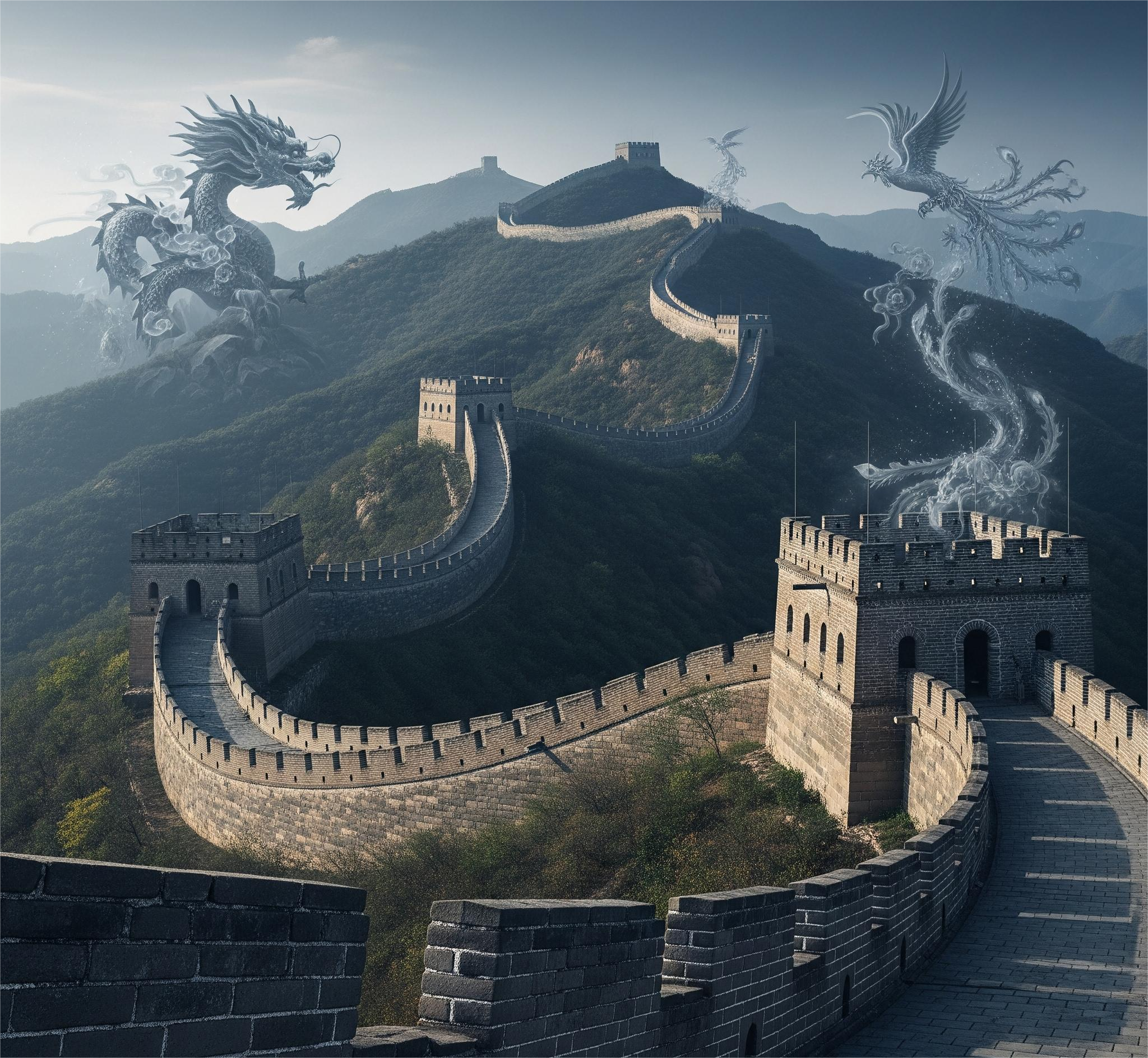The Great Wall of China is one of the most iconic symbols of Chinese civilization and human ingenuity. Stretching thousands of kilometers from the Bohai Sea in the east to the deserts of Gansu in the west, it evokes images of impenetrable defense and imperial might. However, much of what is popularly believed about the Wall is rooted in myth rather than historical fact.
While the earliest walls were constructed by various states during the Warring States period (475–221 BCE), the first emperor of unified China, Qin Shi Huang, is credited with connecting and expanding these fortifications around 220 BCE. The majority of the existing wall seen today, however, dates to the Ming Dynasty (1368–1644), built to fend off Mongol invasions.
Contrary to the myth that the Wall is a single, continuous structure, it is actually a network of walls, trenches, and natural barriers. Another misconception is that it was effective in halting invasions; while it delayed incursions, it did not prevent the eventual rise of foreign dynasties such as the Yuan and Qing.
Archaeological findings have revealed lesser-known sections of the Wall, including beacon towers and garrison posts. Ground-penetrating radar and 3D scanning technologies continue to uncover new details. Today, the Great Wall is recognized not only as a military marvel but also as a symbol of cultural identity and perseverance.







